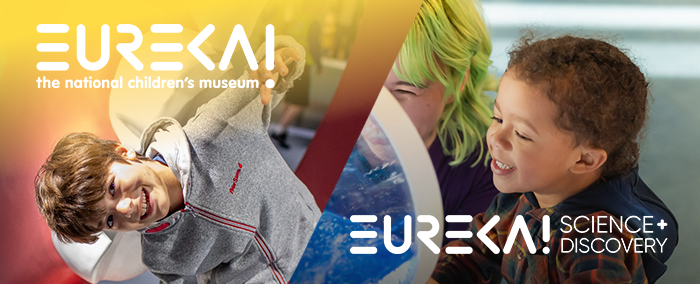The Lumen Prize for Digital Art is coming to Eureka! this June for a six-month visit!
- The Lumen Prize for Digital Art exists to celebrate the very best art created with technology
- Works by 10 international artists brought together for the first time at Eureka!
- Installation replaces hugely-popular digiPlaySpace, which was visited by 250k+ people
- Interactive exhibits include a digital waterfall and human-sized scanner
A prestigious digital art exhibition is to spend six months at Eureka! The National Children’s Museum – showing young people how art can be brought to life in exciting new ways.
The Lumen Prize for Digital Art – which has staged more than 40 shows in 13 countries – arrives with Fusion: Adventures in Digital Art on 16 June; it will be hosted in our Spark gallery until 25 November 2018.
It replaces the Toronto Film Festival’s digiPlaySpace exhibition, which was seen by more than 250,000 visitors to Eureka! and contributed to our busiest year in two decades.
Fusion will feature 14 works by 10 international artists, who were each finalists or winners of the competition during the past six years; five are based in the UK, two each from France and the US, and one from Germany. All are being brought together for the very first time.
Digital art is a term used to describe art that is made or presented using digital technology and includes interactive pieces so viewers can get involved and change the form or appearance.
Carla Rapoport, Director of the Lumen Prize, said: “The Lumen Prize celebrates the very best digital art created by artists around the world. Our goal is to focus the world’s attention on this exciting genre in all its forms, through an annual competition to select artworks that then go on to be exhibited in events and exhibitions around the world.
“We are delighted to be working with Eureka! to bring Fusion to life. Every year Lumen is reaching more artists and institutions to connect with a wide variety of audiences. Raising the understanding and awareness of digital art is integral to what Lumen does. We want to create memorable experiences that make conversations happen and foster community interaction. We are hoping to inspire the next generation of artists to look differently at the technology that they use in their everyday life.”
Leigh-Anne Stradeski, Eureka! Chief Executive, added: “We are privileged and proud that The Lumen Prize for Digital Art has chosen Eureka! as its home for the next six months and can’t wait for our visitors to see it, interact with it, enjoy it and go home inspired.
“Art takes lots of forms and many of our younger visitors and their families may never have visited a traditional gallery or thought it was for them. At Eureka! we love to show how things can be done differently in the 21st century. We hope having an installation packed full of interactive digital art will inspire and excite visitors as to what can be possible using technology, rather than simply through methods such as paintings and pencils.”
Artists featured in Fusion: Adventures in Digital Art will include:
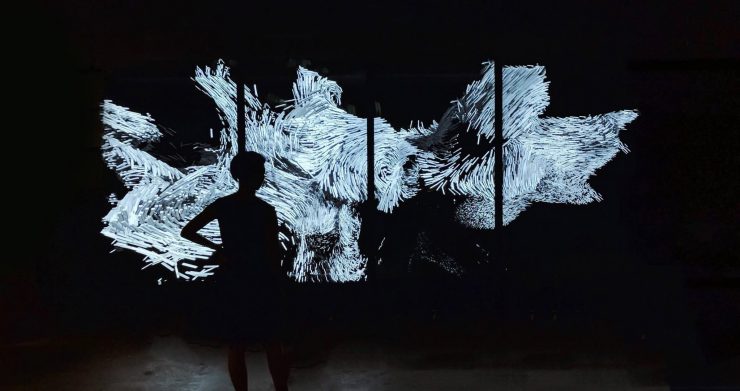
The Wave by Marpi and Jaume Sanchez Elias
Marpi, 2016 Lumen Prize Finalist, is a Polish-born San Francisco-based Digital Artist whose artworks are interactive, scalable and multiplatform, giving anyone the ability to shape them and create their own version. Marpi provides an empty canvas where the art does not exist until people create it. Marpi’s The Wave, created in collaboration with artist Jaume Sanchez Elias, is a large-scale, meditative installation allowing viewers to interact with a generative waterfall by touching it and guiding the water particles across multiple large touch screens. Shapes are constantly evolving, generating visuals that appear like water.
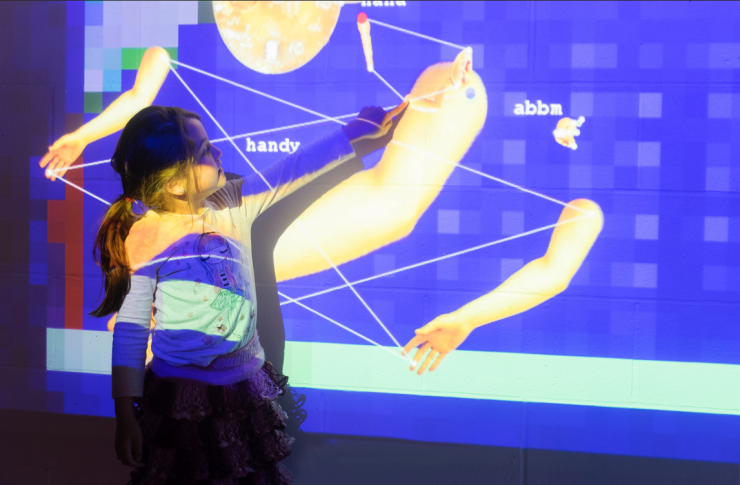
Animats by Genetic Moo
Genetic Moo, 2013 Lumen Founder’s Award Winners, is a collaboration between artists Nicola Schauerman and Tim Pickup. They are based in Margate but work all over the UK and abroad with digital arts organisations and are members of the arts collective The London Group.
They describe their work as “living installations in pixels and light” and are exhibiting five inter-connecting immersive artworks, collectively known as Microworld. Each of the five pieces is a digital ecosystem: In Squidlets, the audience is invited to snap a photo of themselves to create a digital creature, which then feeds off the colours created by the piece Multiple, which in turn creates a digital interactive wallpaper based on shapes created by the people viewing the artwork.

Audiograph by Nathan Selikoff
Nathan Selikoff, 2016 Lumen Prize Finalist, from Florida, is inspired by science, nature and music, and combines computer code, traditional materials and future technology to bring his ideas to life. He makes artworks that play with interactivity, motion and space and Audiograph (below) is a clock that senses and visualises the sounds around it, translating the sound into light. Talk, clap or sing to it and the hour and minute hands will respond with real-time designs. At any given time, viewers can look at the clock and see not just what time it is, but what the last minute of time looked like based on their own interactions and those by others.
Other artworks include Bonjour Interactive Lab’s Passage, 2013 Lumen Prize Finalist, a digital scanner previously exhibited at the Louvre, which creates a 3D pixel image and single soundprint of each visitor entering its field of detection. Flora by Philipp Artus creates complex and delicate shapes resembling plants, which can be interactively altered by viewers using a touchpad to develop a forest of flowers or trees.
Artists have been working with computers since the earliest days of the computing. The first use of the term digital art was in the early 1980s when computer engineers devised a paint program used by the pioneering digital artist Harold Cohen. This became known as AARON, a robotic machine designed to make large drawings on sheets of paper placed on the floor. By the end of the 90s, digital art had become an established term, with museums and galleries collecting and exhibiting it.
Digital art can be can be created using any digital device, such as a computer, tablet or smartphone. Artists use apps or software they can purchase or download for free to make their work, or, in some cases, they design their own software. Digital art can take many forms – it can be a website, a projection, images on screens, VR headsets or brought to life with viewer interactions. In recent times, digital art has become interactive, allowing the audience a certain amount of control over the artwork and this interactive digital art is the focus of the exhibition coming to Eureka!’s Spark gallery.
The full list of works exhibited in Fusion: Adventures in Digital Art:
Admission to Fusion: Adventures in Digital Art will be included in the price of admission to Eureka!, or free to Eureka! Annual Pass holders.

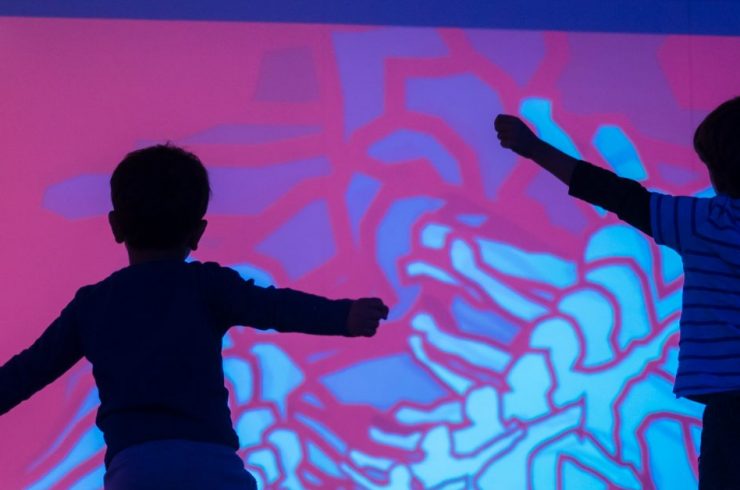



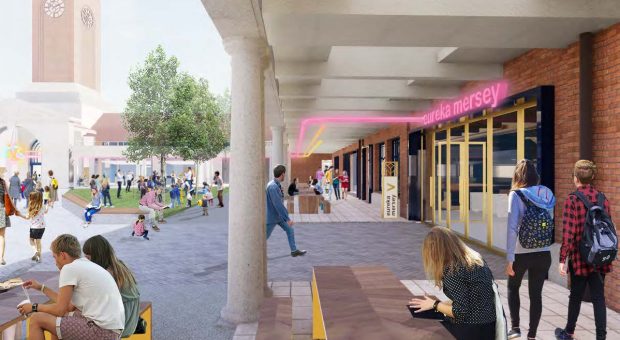
 By: Leigh-Anne Stradeski
By: Leigh-Anne Stradeski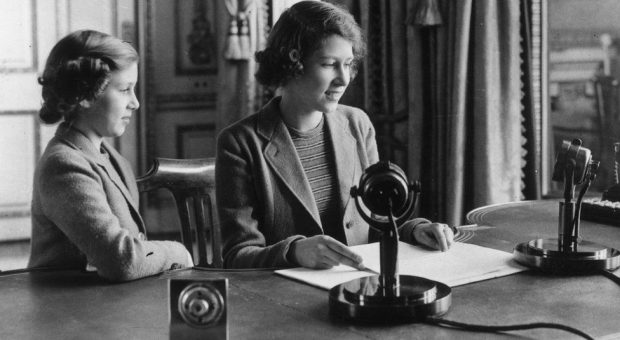
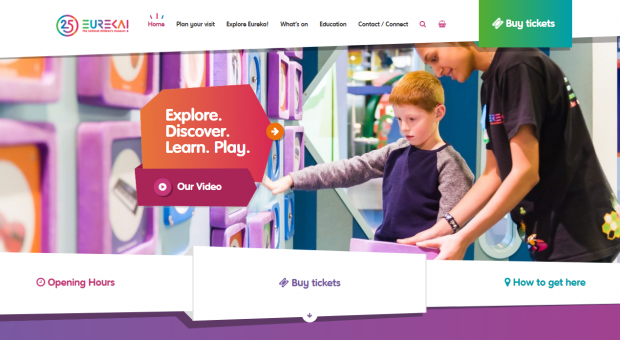
 By: Sophie Ballinger
By: Sophie Ballinger